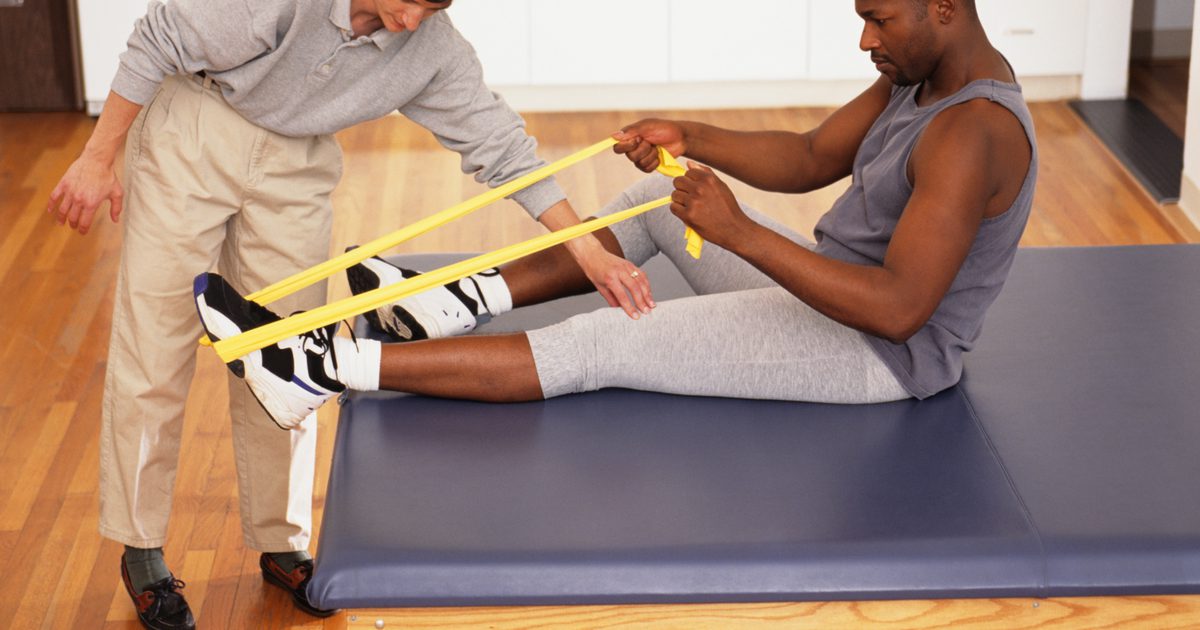The How-To Guide To Treating Tendinosis
Tendinosis is a condition known for causing pain and swelling at the tendon, the fibrous band that attaches muscles to bone. Often confused with tendonitis, the differences between the two are hallmarked by two distinctive characteristics: length of time and cause. Tendonitis is acute or short in duration, whereas tendinosis is chronic, possibly consistent, but also recurring. Tendonitis is typically related to an injury or new activity while tendinosis is caused by long-term overuse or repetitive stress injuries. Cases of tendinosis have been increasing as individuals are overall more active and participating in sports longer, and the methods of visualizing tendons through diagnostic imaging have improved dramatically.
Uncover the options for treating tendinosis now.
Physical Therapy And Strength Training
Physical therapy and strength training have long been the gold standards in the treatment of overuse or sports injuries such as tendinosis. Physical therapists are trained professionals who target the area of concern, while strength training is typically performed individually or through a personal trainer. Overuse and repetitive stress injuries such as tendinosis may be triggered by altered biomechanics in the area of complaint. These altered functions abuse the region of concern causing damage to the fibers of the tendons. It becomes a vicious cycle as compensation patterns develop due to pain and dysfunction causing additional biomechanical changes. A physical therapist is trained in identifying these changes in function and taking steps to reverse the chronic abuse. Individualized strength training is a method individuals can take to strengthen the area of concern, correcting weakness and compensation through proper use of muscle groups. In addition to improving current symptoms stemming from tendinosis, physical therapy and strength training work to prevent future occurrences.
Learn more about how tendinosis is treated now.
Wear Braces For Support

Pain is typically the first symptom of tendinosis, while mobility becomes shallow as the patient tries to lessen or eliminate pain through motion reduction. Bracing offers a treatment method that may be utilized to rest, support, or stabilize the affected area. Wearing braces for support reduces inflammation and works to reduce improper joint function. In turn, this stability reduces the pain and swelling of tendinosis. Utilization of bracing options is often the first treatment, and it is typically followed by some type of strengthening program to restore proper biomechanics going forward.
However, not all cases of tendinosis can be braced, and bracing can also have negative consequences such as potential strength loss, muscular atrophy, and bone density loss. If utilized in a short-term and controlled setting, these side effects can be managed well. The use of a brace long-term is not recommended; however, a brace can be followed by compression sleeves and various athletic taping methods. These options offer continued progression in supporting tendon function without the side effects of immobilization.
Get the details on more ways to effectively treat tendinosis now.
